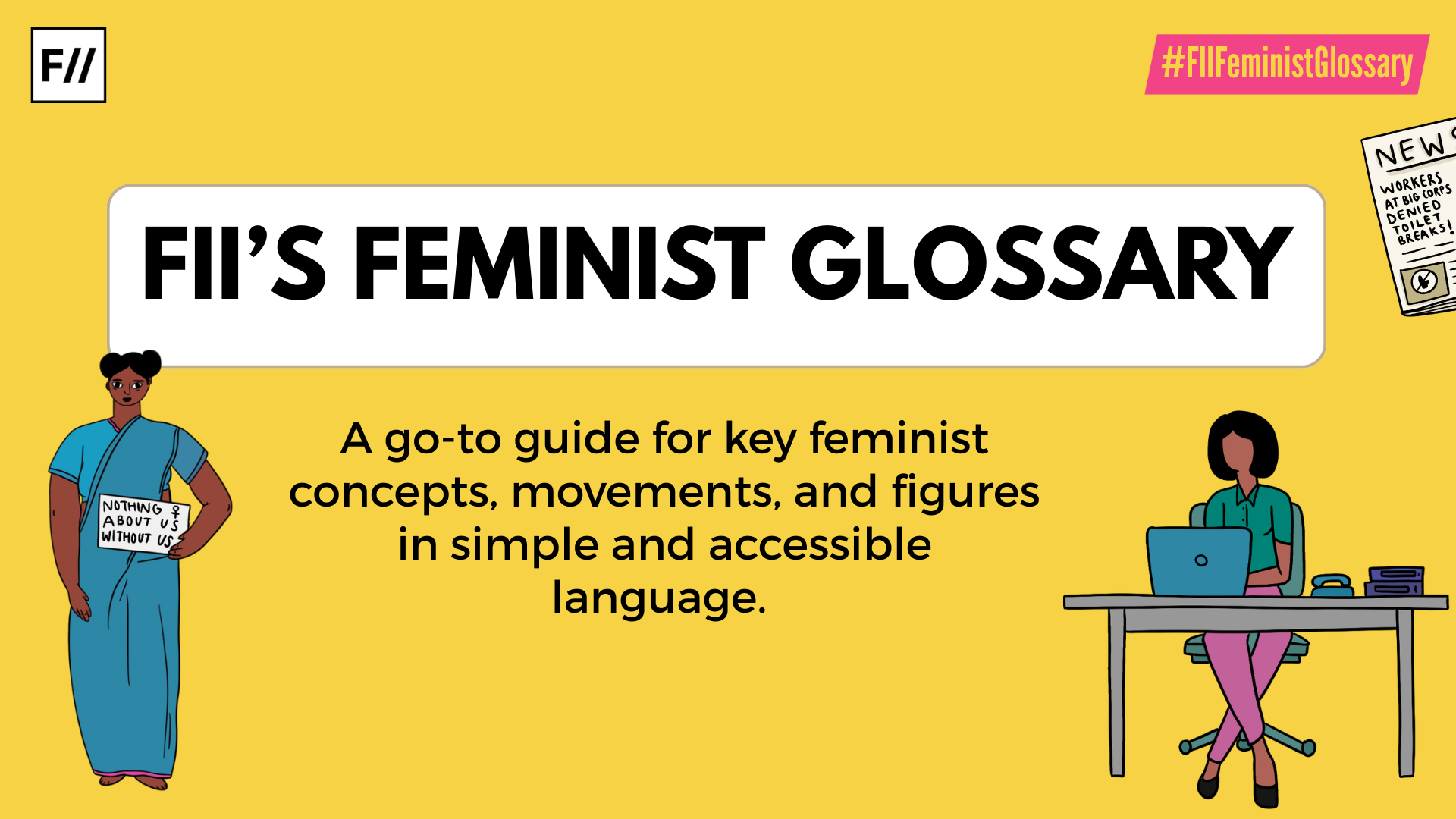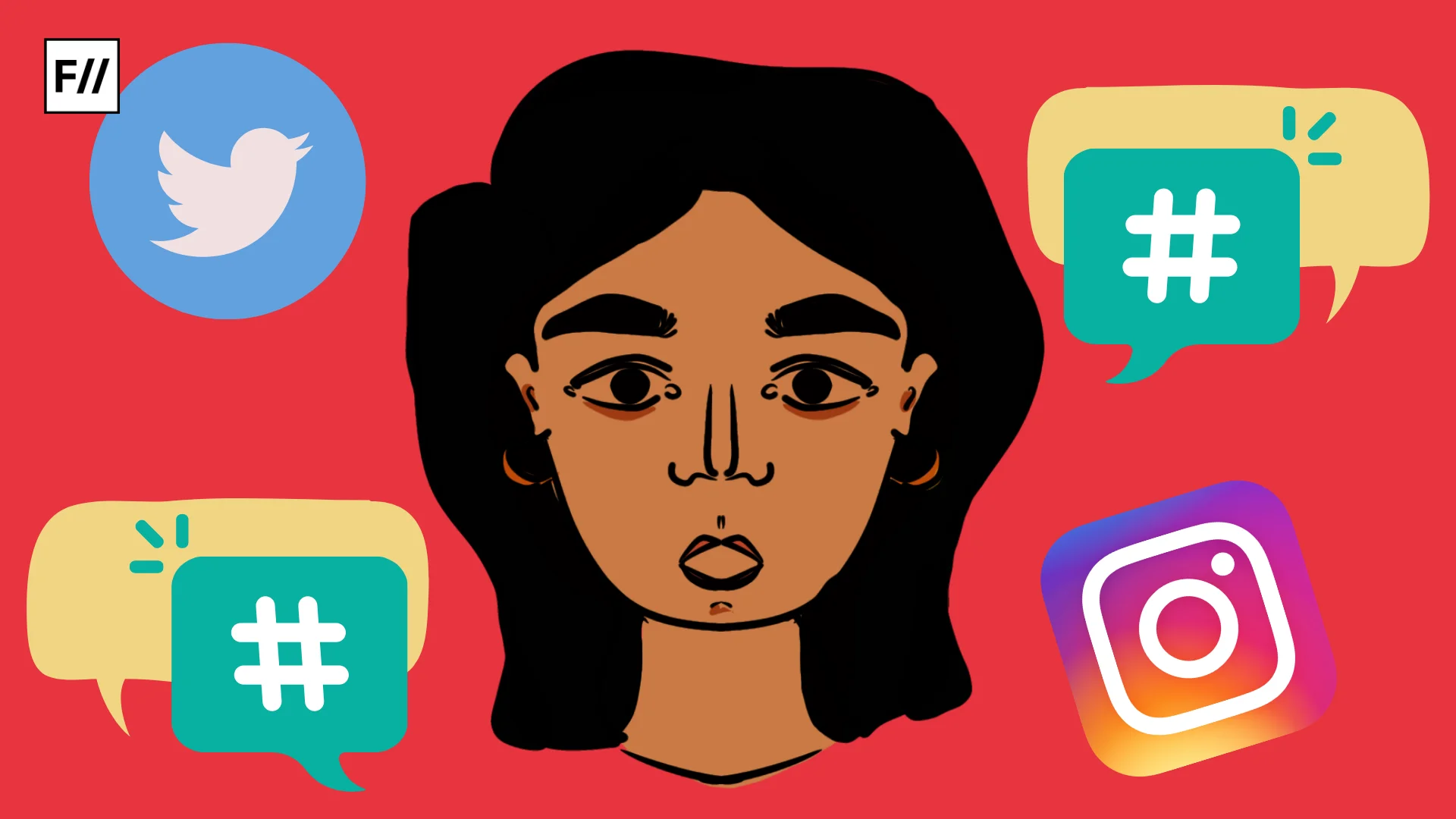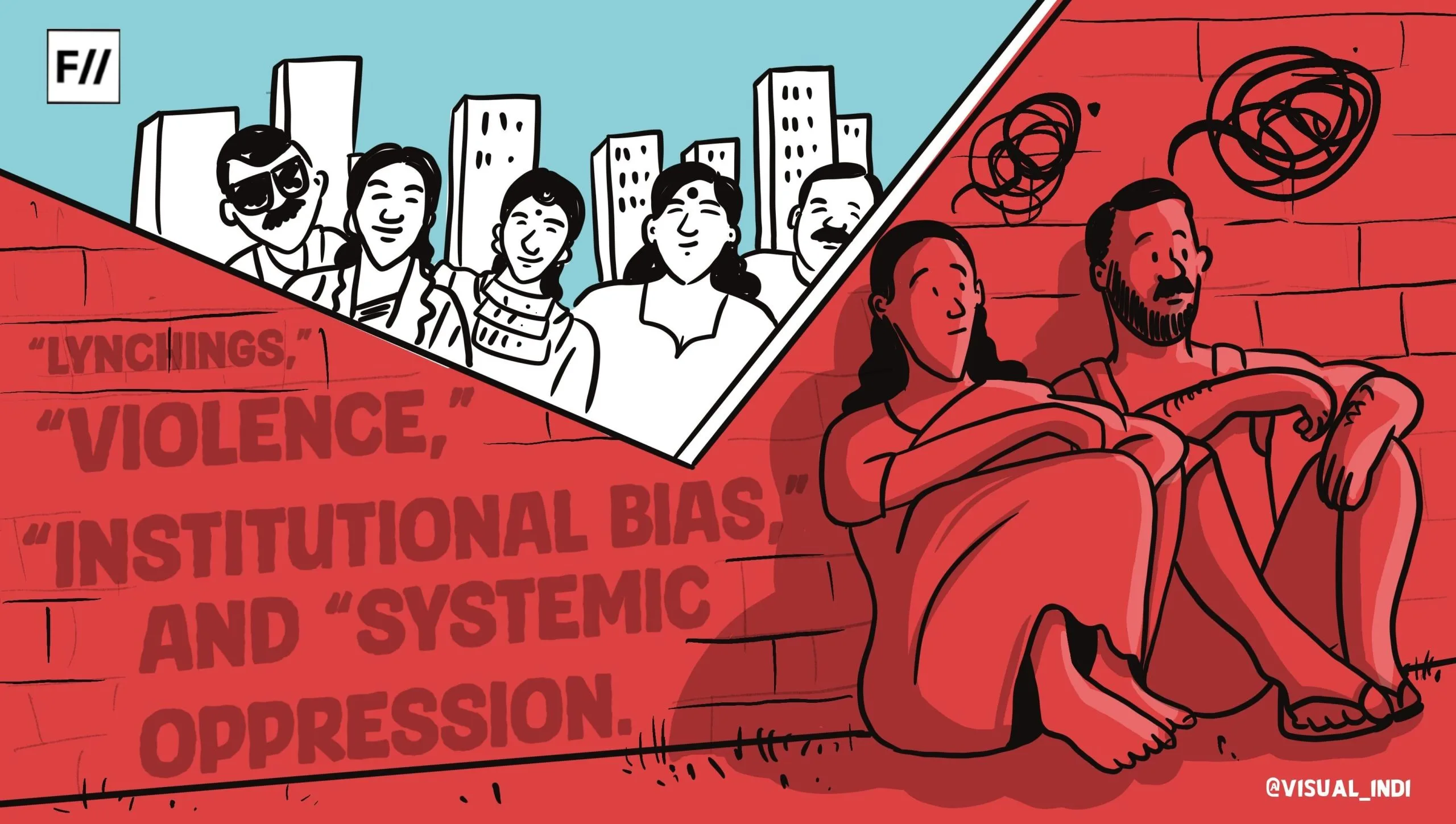As we celebrate another International Working Women’s Day, during Women’s History Month, it becomes crucial once again to make feminism accessible to the masses, in an age when women’s rights are being grossly infringed upon and the younger generation, influenced by the raging social misogyny is turning further and further away from gender activism. At this juncture in time, it is imperative to make sure young people do not feel alienated from the global fight against patriarchy and become a part of the feminist movement.
Perhaps the most daunting part of understanding feminist theory is the language of said theory. Often deemed inaccessible, this jargon deters budding feminists from delving deep into the literature around feminism. At Feminism in India (FII), we strongly believe in the importance of making intersectional feminism accessible to the grassroots, the masses and the people who are just starting on their feminist journey. Since we had come across similar glossaries relating to climate, AI and other niche topics, therefore, keeping this thought in mind, FII has come up with a comprehensive glossary of feminist terms used in gender-based and intersectional activism. This glossary is an effective guide for any feminist and human rights activist, as it contains comprehensive explainers and examples, making the terms easy to understand and implement in real life.
From decoding terms like “jineology” and “kyriarchy” to deconstructing theoretical concepts like “penis envy”, our glossary is a perfect handbook to dismantle the patriarchy by grasping language and concepts.
A lot of these feminist terms and jargon come from the academic discourse, which not everyone has access to. Given that the vision and mission of FII is to make feminism accessible to the masses, it made sense to create a free and accessible repository like this.
A lot of FII readers are students and research scholars, and they use our website to learn and educate themselves about gender studies and sociology. A common feedback that we receive from our readers who are students is that our content is very helpful for academic purposes. They use it to write their term papers and make themselves aware of sexual and reproductive health issues.
We have also tried to cover a lot of menstrual health explainers like endometriosis and dysmenorrhea, among others. We have had young women reach out to us on social media, stating that our health explainer helped them get their PCOS or menstrual health issues diagnosed. They have stated that our glossary has helped them understand their reproductive and menstrual health better. Because of this information, women can now take charge of their health.
How did we create the Glossary?
We searched for words and terms that we often use but sometimes don’t know the exact definition of. Some came from feminist books, while others were from our articles. We thought it would be helpful to have a spot where we can easily find their meanings, just like we do with dictionaries. So, we had our team of writers dive into these terms, but we encouraged them to break it down and explain everything thoroughly from a feminist lens.
We put together this glossary because there aren’t many guides like this out there, especially in India, for readers or students to use. Another key reason is that we want readers and researchers to have a word and its meaning right at their fingertips, making it super easy to access.
We’re a feminist media organisation, and we’ve been adding to the conversation around feminism with guides, toolkits, and research articles for over a decade, and now this glossary is a fantastic new resource for all of us.
Why this glossary is important
This resource offers clear and concise definitions of key concepts, historical movements, figures central to feminism and sexual and reproductive health issues. From “intersectionality” to “patriarchy,” each entry is framed in simple and accessible language to enhance the reader’s understanding of feminist discourse. Ideal for students, activists, civil society organisations, research scholars and anyone keen on exploring gender, sexuality, caste, disability and other such intersections, our glossary serves as an accessible guide to navigating the language of feminism.
This glossary of terms covers words and phrases that are essential to building and expanding knowledge of intersectional feminism. With them, budding feminists can confidently navigate their journey toward adopting and implementing feminist terms in their everyday work. It is of essential importance to help one stay informed and inspired as one deepens one’s knowledge of the terms that shape the fight for justice and equality.
Not just this, FII’s Feminist Glossary is also available in Hindi. We recognise that the feminist discourse is mostly in the English language, and our Hindi-speaking readers find it difficult to grasp these concepts in English. To make feminist knowledge accessible and overcome linguistic barriers, we’re also launching the Feminist Glossary in Hindi, reaching wider audiences in semi-urban and rural areas.
Knowledge is power – let’s make it accessible for all. Visit FII’s Feminist Glossary today and tell us what you think.
About the author(s)
Feminism In India is an award-winning digital intersectional feminist media organisation to learn, educate and develop a feminist sensibility and unravel the F-word among the youth in India.




